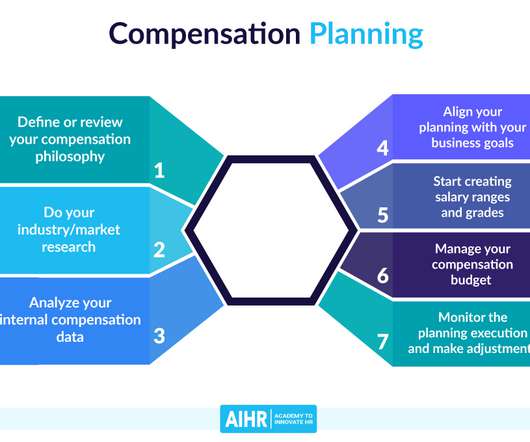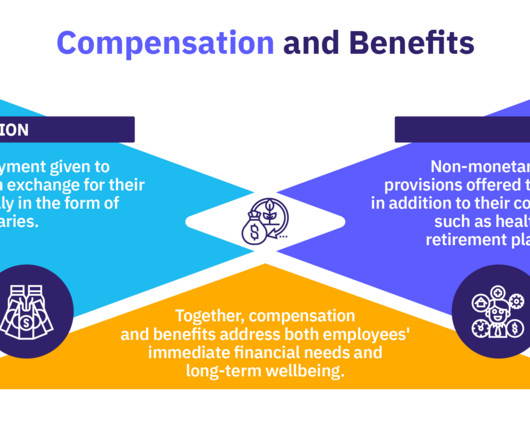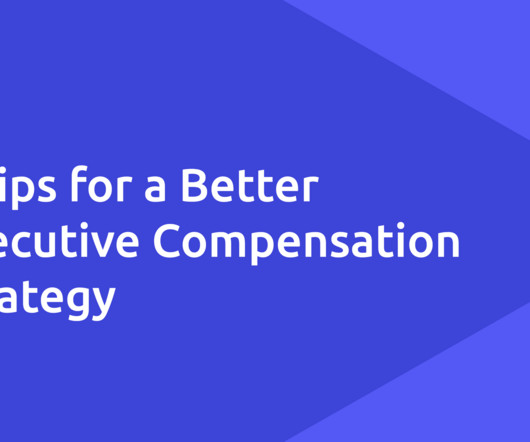What Is Human Resources?
Analytics in HR
JULY 31, 2023
They maximize employee capabilities that will help drive organizational success by identifying the skills gaps, creating L&D programs, and implementing performance management systems. Managing Human Resources involves overseeing all aspects of HR, such as hiring, training, compensating, engaging, promoting, and retaining employees.




















Let's personalize your content